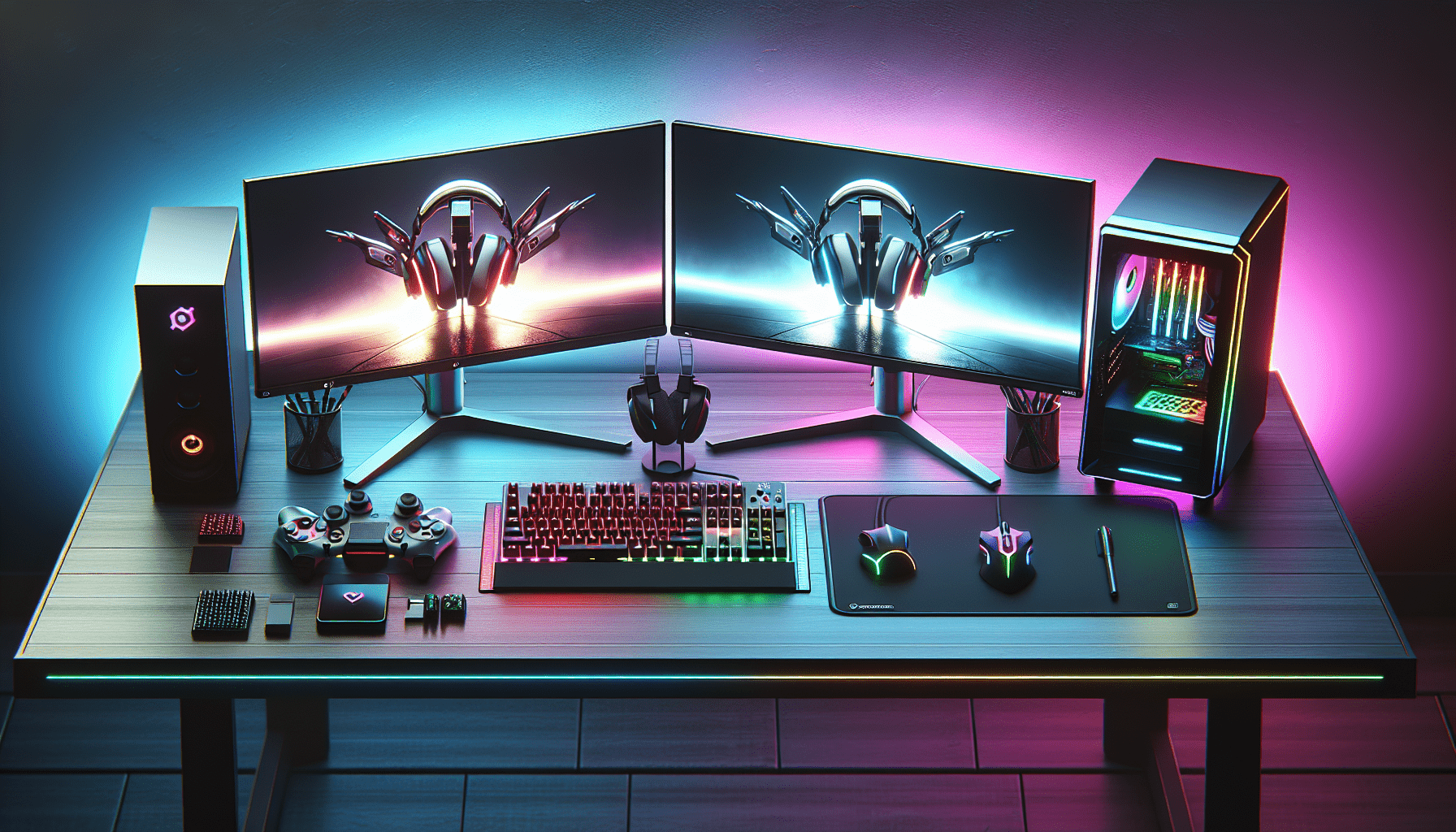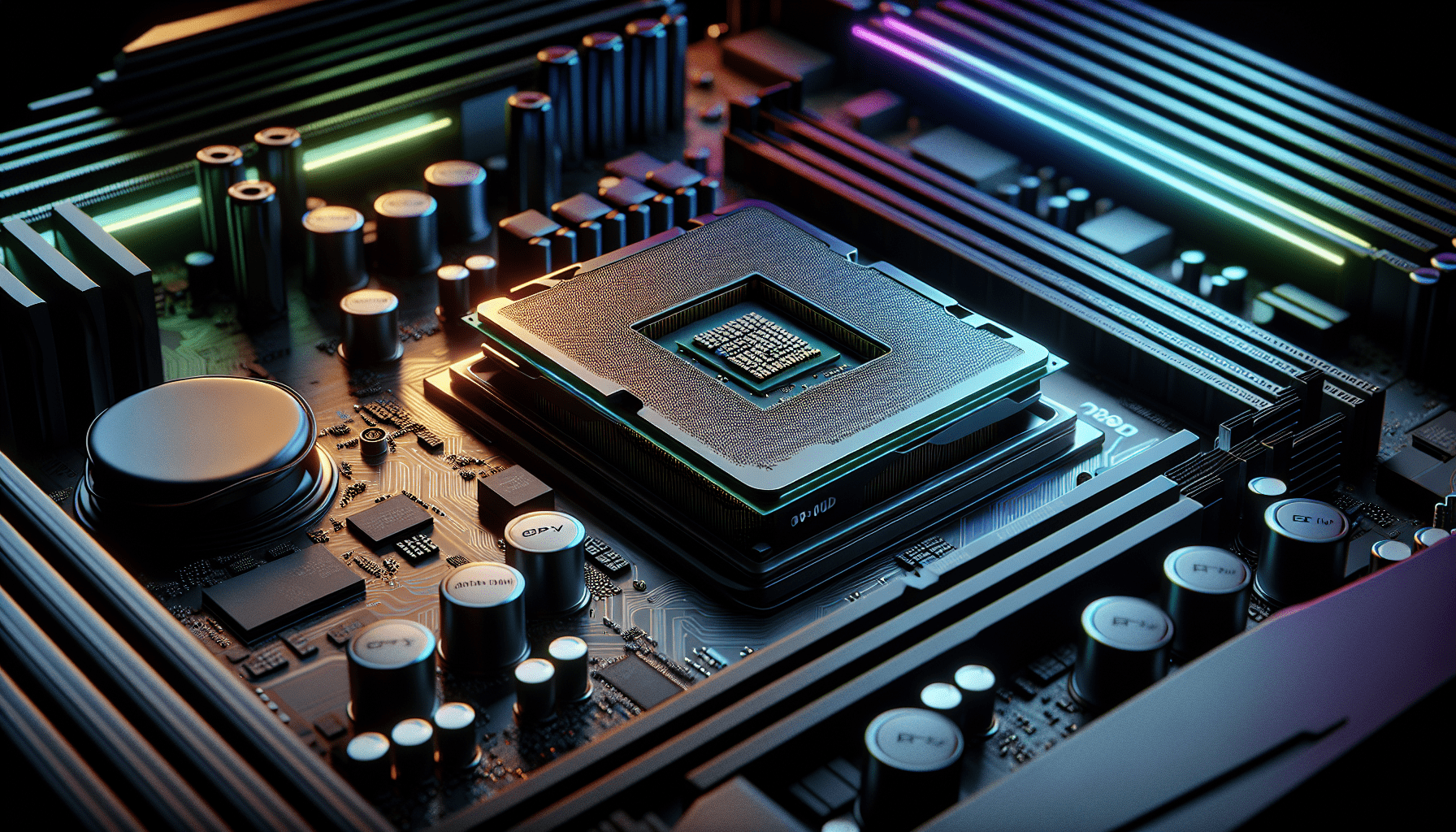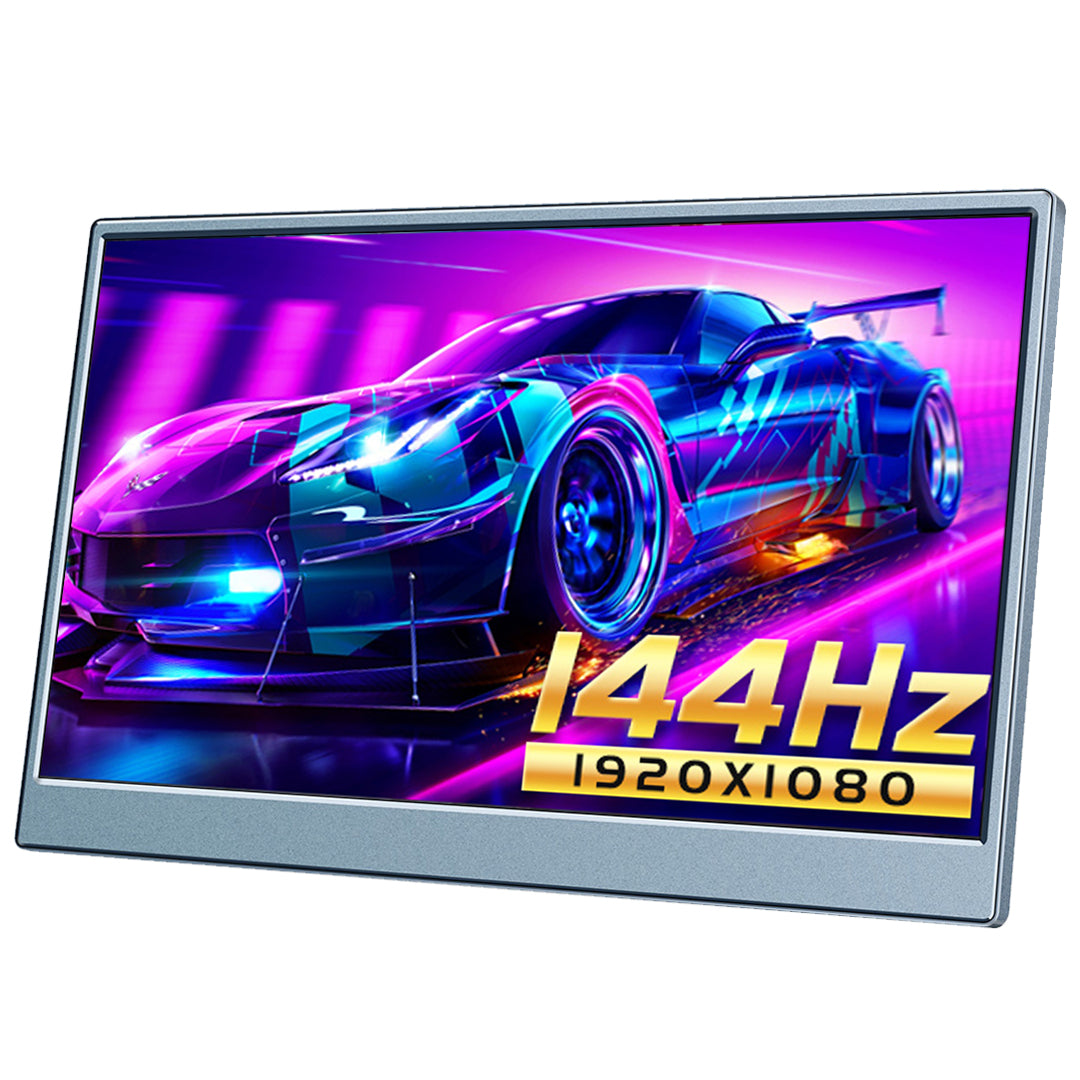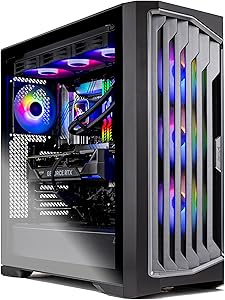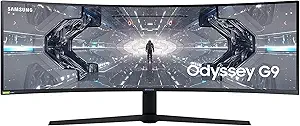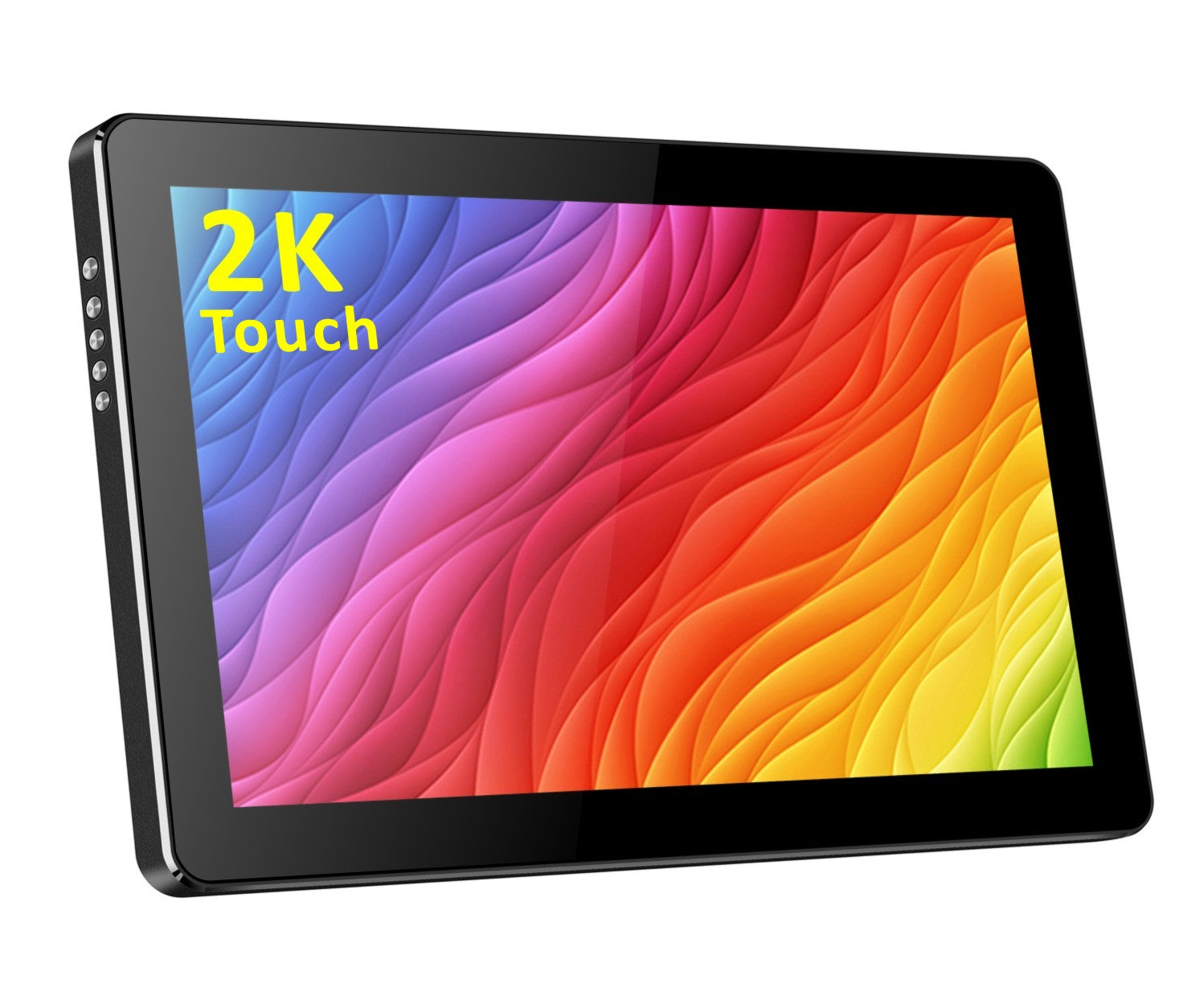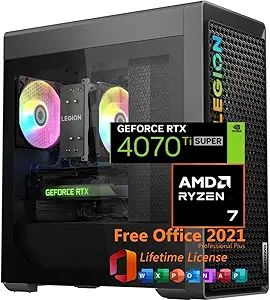AMD’s Neural Supersampling: A Game Changer for Gamers
Hey there, fellow gamers and tech enthusiasts! If you haven’t heard the buzz yet, AMD has made a splash with its latest announcement on neural supersampling technology. This new tech is set to reshape gaming performance as we know it, and you might be wondering how it stacks up against Nvidia’s well-established DLSS. Let’s dive in and explore this exciting development together!
What is Neural Supersampling?
Alright, so let’s break it down. Neural supersampling is an innovative approach that combines upscaling and denoising using the magic of artificial intelligence. Simply put, it seeks to enhance your gaming visuals without sacrificing performance. AMD’s FidelityFX Super Resolution (FSR) will leverage a single AI model to achieve this, aiming to deliver stunning graphics while minimizing the hardware demands. Pretty neat, huh?
AMD vs. Nvidia
Now you might be curious about how AMD’s neural supersampling compares to Nvidia’s Deep Learning Super Sampling (DLSS). While AMD has indeed made significant strides with FSR 3.1, it’s essential to recognize that Nvidia historically leads the charge in AI-driven rendering solutions. Nvidia’s use of techniques like Ray Reconstruction has elevated the bar for what gamers expect in terms of image quality. As someone who has a foot in both camps, it’s always fascinating to see how competition drives innovation.
Technical Insights
Let’s take a moment to appreciate the technical side of things. AMD’s latest FSR 3.1 aims to improve stability and expand its compatibility with various games. The adaptation of AI neural networks for complex computations is particularly noteworthy, especially as AMD throws its hat in the ring for real-time path tracing capabilities. However, this leads to the big question: what kind of hardware will be required to enjoy these enhancements?
It seems that we can look to the newer RDNA 3 and the future RDNA 4 architectures to fully harness this technology. But what about gamers still rocking older GPUs? Well, that will be an intriguing development to keep an eye on.
What Are Gamers Saying?
Community feedback on this announcement has been a mixed bag, filled with hope and some skepticism. Many gamers are buzzing with excitement at the prospect of improved visuals and performance, especially those who love sinking hours into ray-traced games that demand so much from their hardware. However, there are valid concerns surrounding whether AMD can truly catch up to Nvidia’s impressive DLSS capabilities.
From personal chats in gaming forums, it seems a lot of players are cautiously optimistic, eagerly anticipating how this technology will impact their gameplay experiences. And let’s be honest, many of us are always rooting for AMD to shake things up!
Looking Ahead
So, what can we anticipate as a result of AMD’s pursuit of neural supersampling technology? If they can successfully implement real-time path tracing, we might witness a significant leap forward in gaming visuals. However, the uncertainty around compatibility with older hardware could keep some gamers on the edge of their seats. Will they need to upgrade, or can their trusty GPUs play along? Time will tell!
Ultimately, it’s thrilling to watch as AMD steps up to the plate. We know that competition fosters innovation, and we all stand to benefit from whatever breakthroughs come from this ongoing rivalry. So gear up, keep your eyes peeled for more news, and never stop discussing the possibilities!
All Aboard the Gaming Train
To wrap it up, AMD’s neural supersampling technology holds a lot of promise for future gaming performance. As a community, let’s stay engaged and hopeful while we await more developments. What do you think about this new technology? Are you rooting for AMD or are you firmly in the Nvidia camp? Let me know in the comments below!
And don’t forget to keep an eye on all things tech, your next favorite gaming experience could be one exciting announcement away!

